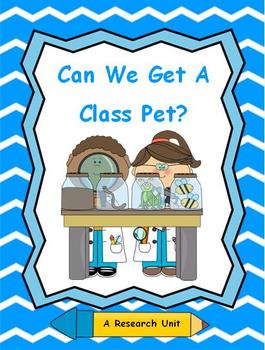A bunch of my bloggy friends have come together to tell you all about our teacher's pets. Not the kid kind, but the real pet kind! We are also having an amazing giveaway that you will not want to miss! See the end of this post to see how you can win!
Just like we have many kids, we also have many pets! We have 3 dogs, 2 cats, 2 lizards, a snake, and a guinea pig! We also have pet frogs in our classroom.
Ozzy is our oldest pet. He is a white German Shepherd. I had told my hubby I did not want anymore pets after our dog passed away. Then one day, while at play group with Luke, I met Ozzy and instantly changed my mind. The hostess of the playgroup owned the mom and dad of his litter and was hoping we might like one of the puppies. Ozzy decided he was ours as he sat in my lap the entire time we were there. His litter was made up of 6 boys - it was fate right? Luckily hubby agreed and he came home with us a few weeks later.
The next pet to join us was our cat, Seuss. The boys named her after Dr. Seuss. She is the ultimate lap cat and we adore her to pieces!
We then adopted a brother and sister Chihuahua mix-breed. They are named Alex and Bear. Alex actually adopted our second cat. She and the boys found an abandoned kitten while out for a walk, and she decided he was her puppy. She brought him home and we took care of him (well, mostly she took care of him) and nursed him until he was a healthy spunky cat-dog! We named him Lucky, because the boys say he was Lucky that Alex found him.
The boys are the biggest pet lovers, so we also have a variety of small pets that belong to them.
A few years ago, my class convinced me that we needed a class pet. We decided frogs would be the best option (since they don't bite, and most students wouldn't have allergies). My students have LOVED them (although we have had to do a few secret switcharoos as frogs don't always live as long as cats or dogs or other animals).

When my students convinced me to get our first class pet, I developed
this unit which combines research and persuasive writing. You could have your students complete it if you would like to get a class pet, or just as a persuasive unit.
This product includes the following:
• Common core standards addressed
• Student “I Can Statements”
• Grading rubric
• Lesson plans
• Vocabulary Cards
• Prewriting graphic organizers
• Letter writing graphic organizers
• Research graphic organizers
• Math activities (budget and graphing)
Report Final Pages include:
• Table of contents page
• Pet physical description page
• Pet’s Habitat page
• What they eat page
• How to care for the pet
• Interesting facts page
• Customizable pages
• Bibliography page
• Glossary page
• editing/writing checklist
Suggested book, internet, and grant resources are also included.
Be sure to enter our contest, and follow along to meet all of the other teacher's pets in our blog hop!
a Rafflecopter giveaway




























